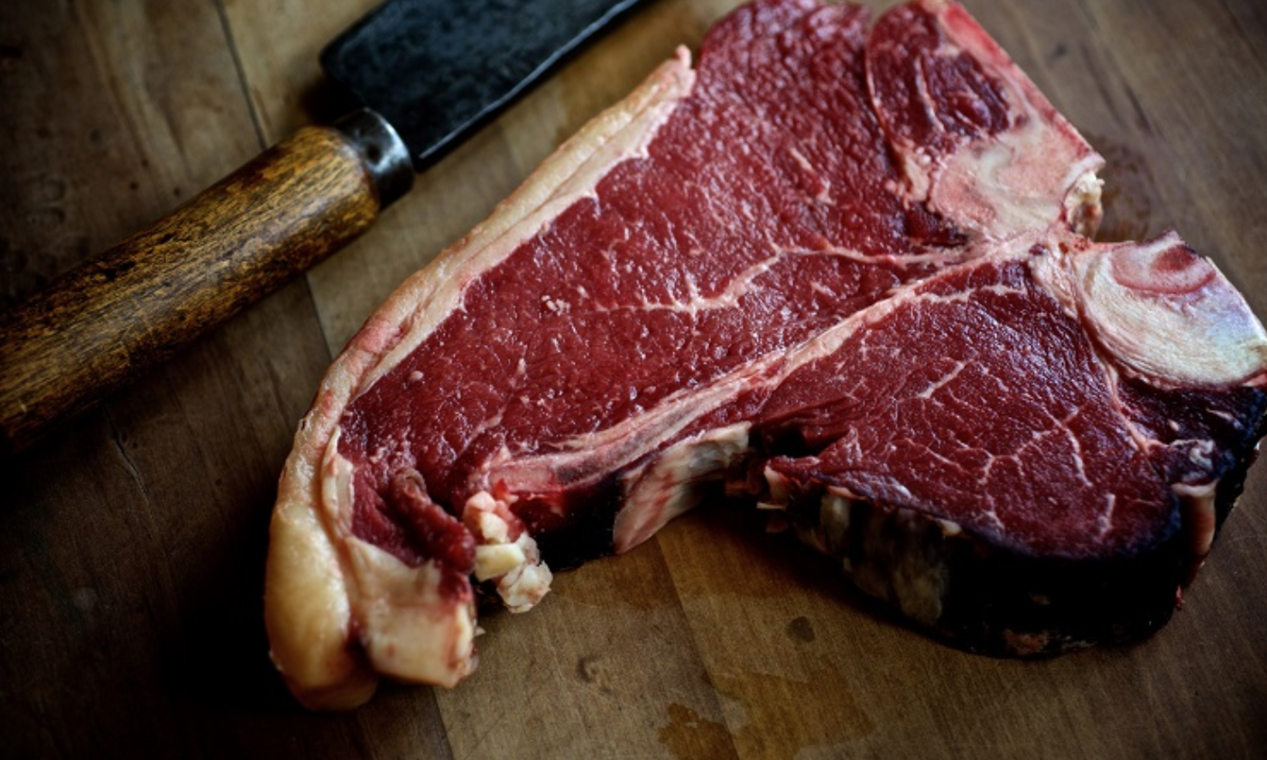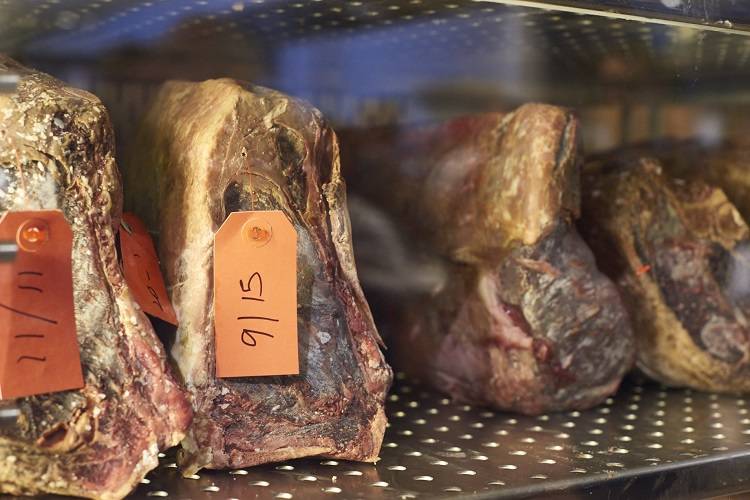The Ultimate Guide to Dry-Aged Beef
When we tell you that our head butcher has sourced dry-aged beef, you probably know that this is very good news.
But do you know what dry-aged beef is, how it's made, and why its flavor is so highly revered?
In time for Dry-Aged Day, we're here to break it down for you. Discover the unique characteristics of dry-aged beef with our guide below, then pick up select prime dry-aged cuts at 50% off from your local Eataly just in time for Father's Day!
HOW IS DRY-AGED BEEF MADE?
Dry-aging is the process of resting large cuts of meat in a controlled, open-air environment for an extended period of time. This allows for enzymes in the meat to break down the proteins, lose 20 percent of water weight, and thus concentrate the flavors. Many butchers balk at losing 20-30 percent of the weight of the high-quality strips, ribeyes, and porterhouse – plus the process takes about 30 days. It’s worth it to us, though!
WHAT DOES DRY-AGED BEEF TASTE LIKE?
Dry-aged beef is extremely tender and has a unique, complex of flavor. Many describe the taste as nutty and aromatic. Since the meat loses water during the dry-aging process the “beef” taste is much more concentrated. The longer a piece of beef has been dry-aged, the more flavorful and tender it will be.
HOW SHOULD YOU COOK DRY-AGED BEEF?
Because dry-aged beef has such an intense, unique flavor, it's best to cook it simply.
1. Start by pulling it out of the refrigerator about 30 minutes before you're ready to cook it to allow the steak to come up to room temperature.
2. Season simply. Hold off on the marinades and sauces – they'll likely overpower the prized flavor of the meat itself. Instead, season each steak with a little bit of kosher salt. Freshly ground black pepper will work here, too.
3. Fire it up! Heat your grill or skillet on high heat. Wait a few minutes for everything to warm up. You can test a skillet by flicking a few drops of water in the pan.
4. Throw it on. Add the steaks to the skillet or the grill. Let them sear on each side until a nice brown crust forms. Cook until preferred doneness.
5. Let 'em rest. After you remove the steaks from the pan or grill, let them rest on a cutting board for at least 5 minutes. This will allow the juices to seep back into the meat.




































i-Italy
Facebook
Google+
This work may not be reproduced, in whole or in part, without prior written permission.
Questo lavoro non può essere riprodotto, in tutto o in parte, senza permesso scritto.